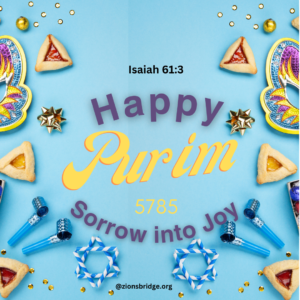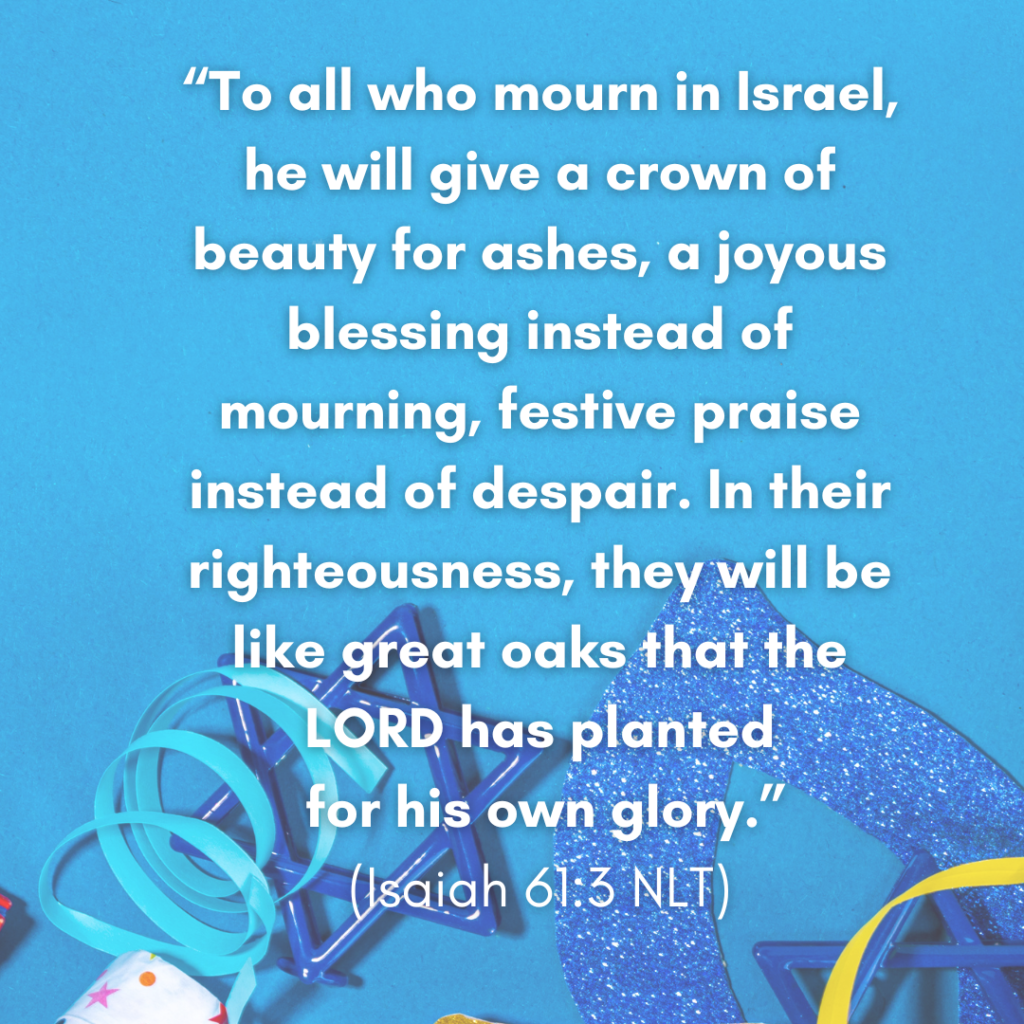
Background of the story of Esther: 539 – 330 BCE during the Persian Empire that ruled over most of the known world. Jews were dispersed throughout the kingdom.
Purim is more than just a celebration with costumes, sweets, and parties; it is a story of triumph against all odds that has been repeated throughout Israel’s history. When facing impossible situations, triumph is more fully celebrated when the path to victory is the toughest. We keep the faith, knowing that darkness does not have the final say, God does (Psalm 46:5)
The Jewish calendar’s leap year concept is intriguing. It involves adding an entire month rather than just a day, as in the Gregorian calendar. This ensures that the festivals remain aligned with the seasons, preserving their agricultural significance and, most importantly, God’s divine time clock.
Therefore, Purim sometimes occurs in Adar I and other times in Adar II, like this year. The Talmud states, “When the month of Adar enters, increase in Joy” (Chabad.org).
While there is still bad in the world, our joy remains incomplete. It is important to distinguish that joy is not synonymous with “happiness.” However, when God turns bad to good, as in the book of Esther, then we have much to celebrate.
Joy is a result of faith that keeps the heart at peace before the victory materializes. It looks at the end result before it happens with anticipation for a good outcome.
Haman hated Mordecai and felt threatened by the Hebrews’ existence. He pledged ten thousand talents to the king (approximately five billion dollars in today’s economy) to have the Jews destroyed in one day because they did not conform to the pagan practices of the Persian kingdom (Esther 3:8).
Haman knew their history well and knew God always delivered His people. So, he cast lots (purim) every day for the perfect time to have the Jews destroyed before God had a chance to intervene.

“And the letters were sent by posts into all the king’s provinces, to destroy, to kill, and to cause to perish, all Jews, both young and old, little children, and women, in one day, upon the thirteenth day of the twelfth month, which is the month Adar” (Esther 3:13).
God knows every secret plot and scheme of the heart before it is spoken. He placed Esther and Mordechai in the right place at the right time and thwarted Haman’s plans with prayer and fasting, demonstrating that no amount of money or power can overcome God’s plans for the good of those who worship Him.
Many congregations worldwide are currently praying and fasting for victory against modern-day threats, such as Hamas and Hezbollah. The unity in prayer seen during these times emphasizes the power of collective faith in overcoming adversity, much like in the Purim story. We need Mordecais and Esthers more than ever!
With God’s help, Esther came before the king with a miraculous outcome.
“He commanded by letters that [Haman’s] wicked device, which he devised against the Jews, should return upon his own head, and that he and his sons should be hanged on the gallows” (9:25).
Not only was Haman destroyed but also every evil root.
We grieve that the current conflict is not over and could be escalating in the northern border, but we understand through scriptures that God will fully and completely destroy those who come against His plan to establish Jerusalem for Himself and the Jewish people in their Homeland.
Purim invites us into a narrative of transformation, where sorrow is transformed into joy and despair into hope. Israel may still be fighting during this Purim, but they have a reference point that the final Haman will be “hung on the gallows’ intended for them. (See also Joel 3:4-7.)
Purim encourages not only the Jewish community but also all who resonate with its themes to pause and reflect on God’s power, recognizing that our own strength is never enough and that JOY comes with the morning to those who persevere (Psalm 30:5). Understand what you are fighting for and Who’s in command.
Remember that the joy of Purim is to be shared. Shall we dance?




